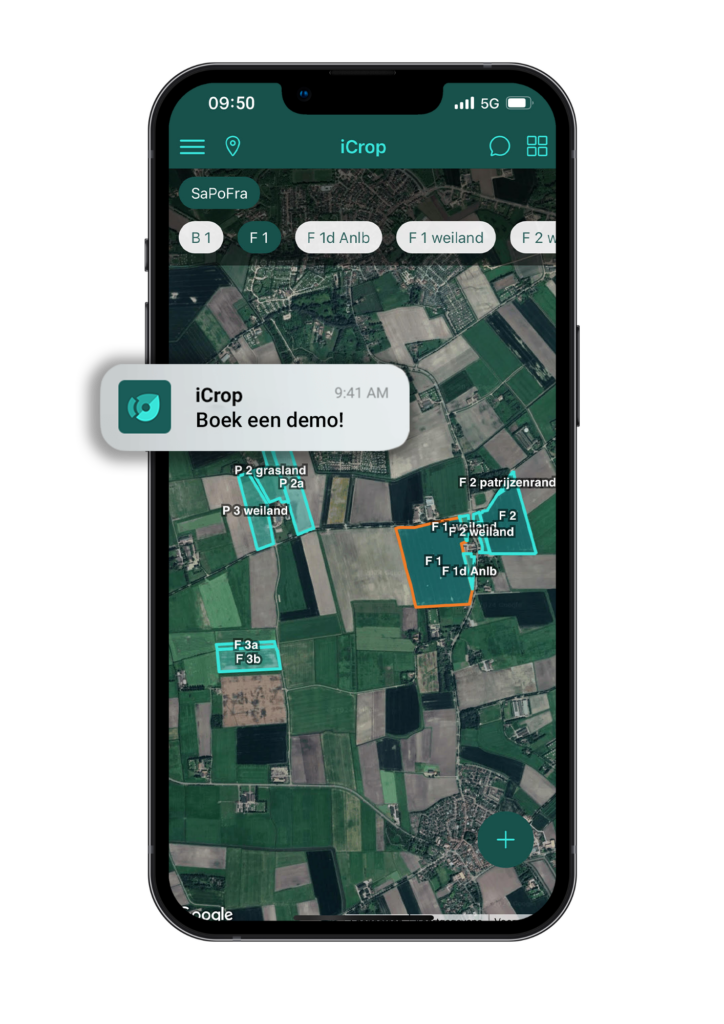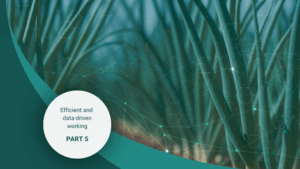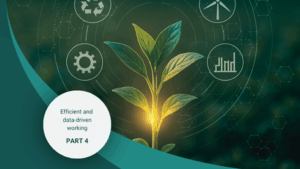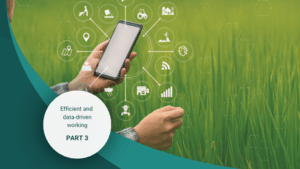Intervene in time with pests? Gourmet shows what works!
Gourmet uses observations to intervene at the right time.
Disease control in onions and shallots is becoming increasingly complex. Stricter laws and regulations allow growers to use fewer agents, while disease pressure remains unabated. Treating too early leads to unnecessary costs and waste; acting too late costs yield.
Gourmet
In this second edition of the smarter growing knowledge series, we show how Gourmet, operating on more than 800 acres, is using smart observations and field data to better and better determine when and where to treat.
The key? Targeted observation at the right time, supported by sensor data and up-to-date weather information, so that every spray counts.
Shift in approach: from estimation to substantiation
Until a few years ago, Gourmet based its recommendations largely on experience, crop visits and manual recording. But increasing pressure on resource use, stricter retail requirements and unpredictable weather made this approach vulnerable. “If you keep the wrong timing when spraying, you can either get damage or waste resources,” says Evert Bakker, crop supervisor at Gourmet.
To reduce risk and work more efficiently, the company switched to a data-driven approach. Combining observations, weather data and recording within a single system created a foundation for informed decisions. “We no longer wanted to rely on separate notes and different sources. Everything is now in one place.”
Weather information and observations as basis for advice
The combination of SmartFarm (for current field data) and iCrop (for registration and advisory follow-up) has proven to work well in practice. Gourmet uses the field sensors to track when disease pressure increases and links this to observations on location. This not only enables advisors to act more quickly, but also to determine more precisely which products are needed and when.
The direct link between field and system saves time, but more importantly, it improves spray effectiveness. “We now react based on signals from the crop and the weather, rather than on routine. That delivers immediate results.”
Administration simplified, error rate reduced
In addition to better timing, Gourmet also notices that the administration around crop protection has become simpler and more reliable. Retailers have increasingly stringent requirements for substance use and traceability. By recording this digitally in advance and linking it to the plot, the company meets the requested documentation more quickly.
“We want to be ready for audits before they happen. That requires a system that thinks along with the practice.”
Sharing knowledge = making progress
Gourmet’s example shows how digitization can contribute to precision in crop protection, without losing sight of practice. Combining field information and advice allows for better timing, less wastage and more control over the season.
Next edition
In the next edition, we dive deeper into the practice of cultivation consulting. How does digital registration help crop consultants work more efficiently and provide more targeted support? We visit Farmplus.
Curious about Gourmet’s full story? Read it here:
More news
Contact us
Curious about iCrop?
Request a live demo!





